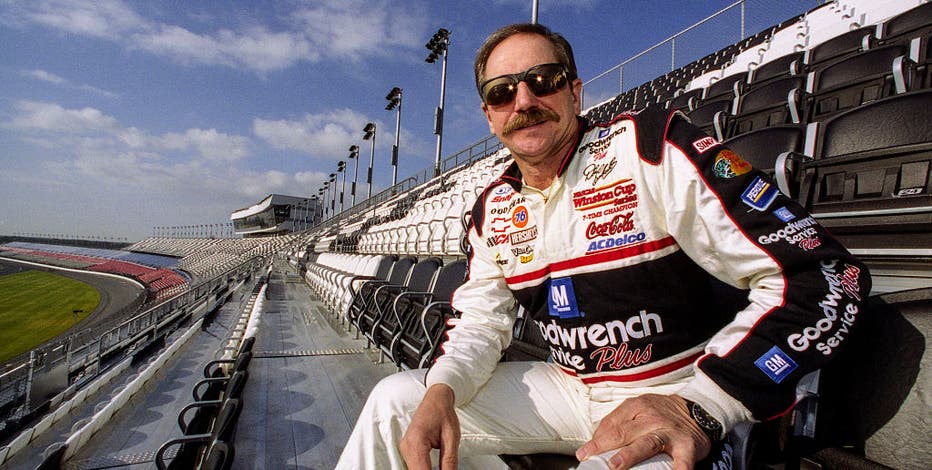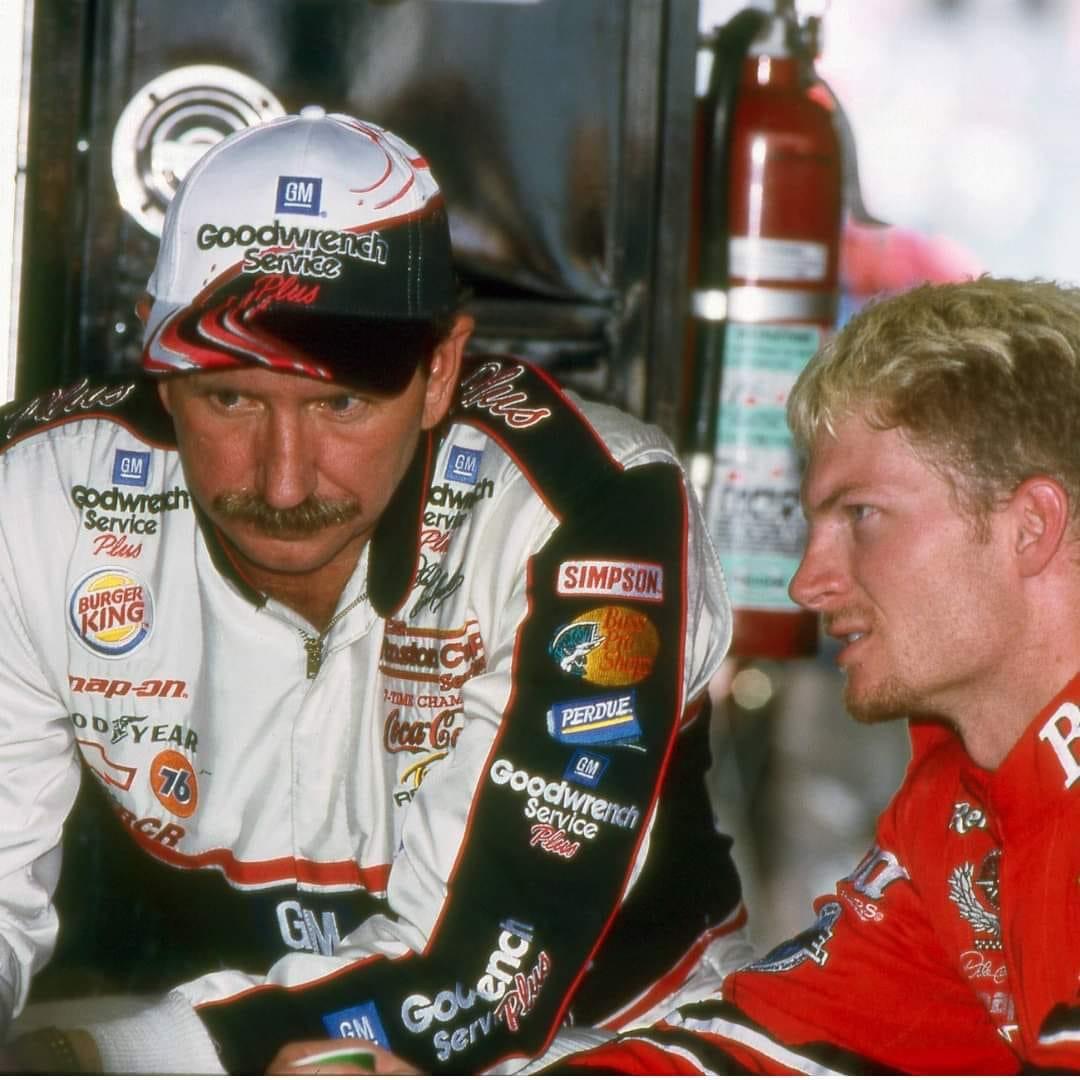**Surviving the Crash: Ryan Newman and NASCAR’s Safety Evolution**
Ryan Newman sat alone, replaying the heart-stopping crash that almost claimed his life during the final lap of last year’s Daytona 500. Tears welled up in his eyes, not from fear or sadness, but from a profound sense of gratitude and appreciation.
As he watched the horrifying sequence unfold—his car slamming into the wall, flipping, and skidding in a maelstrom of sparks and flames—Newman reflected on the moments that followed, when he emerged miraculously unscathed, just 48 hours later, hand-in-hand with his daughters.
The incident catapulted Newman into the spotlight once again, not just as a veteran NASCAR driver but as a symbol of the sport’s relentless commitment to safety—a commitment forged in the tragic legacy of Dale Earnhardt’s death 20 years ago.
Earnhardt, the legendary “Intimidator,” perished in a crash during the 2001 Daytona 500, a loss that sent shockwaves through NASCAR and prompted a reckoning on safety. At that time, NASCAR was grappling with multiple fatalities in a short span, including Earnhardt 
One of the most significant developments was the introduction of SAFER barriers (Steel And Foam Energy Reduction), designed to absorb and dissipate crash energy, reducing the impact on drivers. These barriers, gradually installed at tracks across the country, have since become standard safety features, minimizing the severity of crashes and enhancing driver protection.
Another crucial innovation was the implementation of the HANS device (Head and Neck Support device), mandated after the fatal crash of Blaise Alexander later in 2001. Initially met with resistance from drivers due to its perceived restrictiveness, the HANS device has proven instrumental in preventing serious neck and head injuries in high-speed impacts.
Reflecting on these advancements, NASCAR executive Steve O’Donnell acknowledged the paradigm shift Earnhardt’s death catalyzed. “Dale still had a bit of an image in terms of, ‘It’s not something we talk about,’ right?” O’Donnell said. “His passing prompted hard conversations about NASCAR’s reality.”
For Ryan Newman, who witnessed firsthand the transformation of NASCAR’s safety culture, the crash served as a poignant reminder of the progress made. “I feel fortunate that my book, or at least that chapter, didn’t end that way for me,” Newman reflected. “And we did learn a lot from what happened to him. We collectively have kept so many drivers alive since then because of the adjustments that have been made in the safety of our sport.”
Newman’s return to racing is not just a personal triumph but a testament to NASCAR’s commitment to evolving safety standards. As he prepares to compete in his 20th full season, Newman embodies resilience and  the enduring spirit of the sport. His journey from near-tragedy to triumph underscores NASCAR’s ongoing mission to protect its drivers while honoring the legacy of those who have shaped its history.
the enduring spirit of the sport. His journey from near-tragedy to triumph underscores NASCAR’s ongoing mission to protect its drivers while honoring the legacy of those who have shaped its history.
As the Daytona 500 approaches once again, Newman’s presence on the track serves as a powerful reminder of the progress made since Earnhardt’s untimely passing. It is a reminder that in NASCAR, safety is not just a priority but a promise—a promise to drivers, teams, and fans alike that the sport will continue to innovate and evolve, ensuring that every driver can chase their dreams with confidence and security.
Leave a Reply